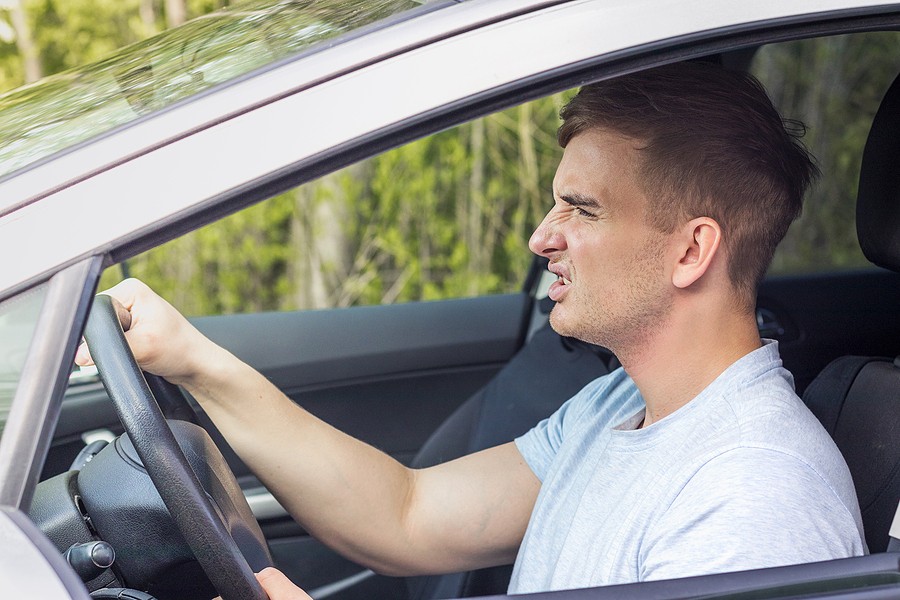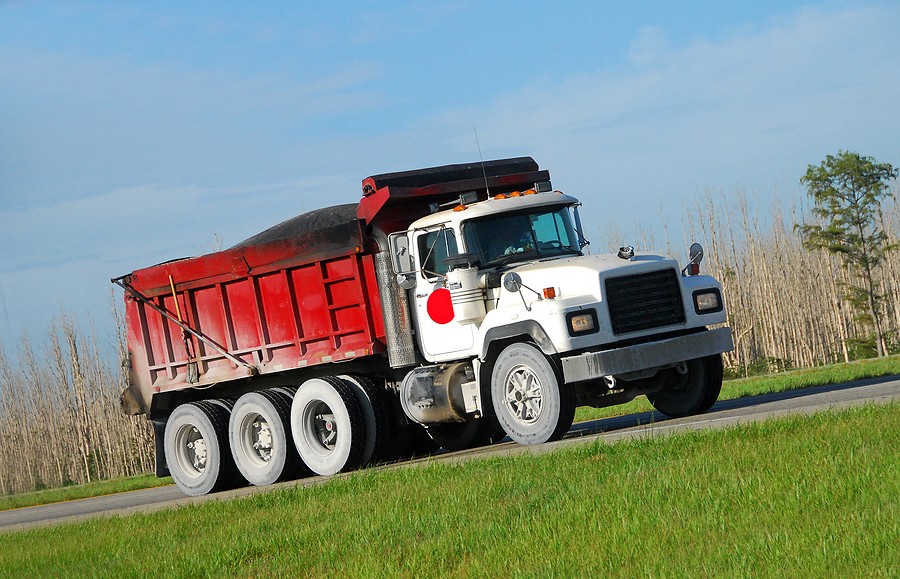Follow these simple steps if you're looking for how to park on a hill:
- Step #1: Park parallel to the curb
- Step #2: ensure turn the wheels toward the curb
- Step #3: confirm that your vehicle is rolled into the curb
- Step #4: double check before leaving the car
Parking the vehicle in certain locations can be very challenging. Sometimes you might have to fit your car and a very tight parking area, especially in your city’s downtown.
What's even more challenging is to park your car on a hill where gravity is working against you and pull your vehicle in a direction you're not looking for.
Unfortunately, many people have taken the wrong steps to park their vehicles on a hill, leading to many consequences ranging from vehicles rolling downhill to major car accidents that could hurt people.
That's why it's critical for you as a driver if you're planning to drive upper hell and leave your vehicle parked there to understand how it's done. You must be very proactive about the process and implement all necessary precautions to ensure your vehicle stays safe and doesn't impact other people driving or parking near you.
This article provides a step-by-step process on how to park on a hill. The process will be separated into two sections. The first one focused on vehicles equipped with an automatic transmission, while the second section focused on vehicles equipped with a manual transmission.

How to park on a hill? Vehicles equipped with an automatic transmission
This section provides a step-by-step process for parking on a hill if you're driving a vehicle with an automatic transmission. Let's see what automotive experts recommend:
· Step #1: you need to park parallel to the curb
The first step in parking on a hill is to follow the right procedure to face the vehicle. If you're planning to park uphill, you'll need to leave the full car length behind you, so you back up as you park parallel to the curb.
On the other hand, if you're planning to park downhill, your full car length should be in front of you, and you should rely on the wheels to roll forward.
· Step #2: turn the wheels towards the curb
After making a new vehicle parked parallel to the curb, the next step is to turn the wheels the right way. You'll need to face the wheels away from the curb if your car is parked uphill. On the other hand, if you're parking downhill, your wheels should face toward the hill.
You’ll have to put your car on neutral and use the steering wheel to perform the right turn direction. Keep in mind that not every road would have a curb; in that case, you'll need to follow the same process, but instead of facing toward the curb, you'll need to face toward the edge of the road.
The reason for facing toward the curb is that if your vehicle rolls for whatever reason, it will roll toward the grass or the dirt instead of rolling toward the road where other people and vehicles might be there.
You must never attempt to perform what's known as dry steering. Dry steering is turning the steering wheel when your vehicle is completely stopped. Instead, you should set your vehicle to neutral before performing any steering wheel turns.
· Step #3: confirm that your vehicle is rolled into the curb
Once you're done, the next step is to remove your foot from the brake slowly and allow your vehicle to keep rolling until the tires are completely touching the curb. After that, you need to set your vehicle to park.
As you're performing this process, you want to ensure that no vehicles are coming uphill or downhill. This could lead to dangerous situations where the other driver might not be expecting your actions.
· Step #4: double check before leaving the car
Once you're done with the previous three steps, the final step is to take a quick look at your vehicle and confirm that you're engaging the handbrake and that the vehicle is not moving. If you feel that the vehicle is not secure and the wheels are not turning the way they should, you might need to go back and repeat the process until you get perfect parking uphill or downhill.

How to park on a hill? Vehicles equipped with a manual transmission
This second section provides a step-by-step process for parking on the hill if you drive a vehicle with a manual transmission. All we need to do is to follow these steps:
· Step #1: you need to park parallel to the curb
Experts recommend allowing your vehicle to park parallel to the curb by checking the tires. The passenger side tire should be slightly touching the curb while the other one should be about 6 inches away.
You must also follow the process indicated in the previous section for parking parallel to the curb. In other words, you want to ensure that you're following the right procedure on leaving the vehicle in front of you or behind you as you pack and go close to the curb.
· Step #2: you need them to turn the tires towards the curb
Once you're done with parking the car, the next step is to check on the tires. You must face the tires away from the curb if you're parking uphill and towards the curb, if you're parking downhill. It's the same process as the one indicated before, and parking the vehicle itself might not be different if you're driving a vehicle equipped with manual or automatic transmissions.
· Step #3: you have to roll the car into the curb
Once you're done with the parking and turning the tires, the next step is to allow your vehicle to roll slowly towards the curb. Again, you want to ensure that your vehicle is set to neutral by keeping your foot on the break and changing the gears. Then, allow your car to perform the roll slowly and remove your foot from the brake slowly.
· Step #4: you finally need to engage the handbrake
Finally, the next step is to engage the handbrake once you're done parking your car and facing the tires the right way. To perform this step, you need to switch your gears to either the first gear or the reverse. It's recommended that you use the first gear if you plan to park uphill and the reverse if you plan to park downhill.
After that, engage the handbrake and confirm that your vehicle is not moving.

Additional tips on how to park on a hill
In addition to understanding how exactly to park uphill, you need to think and consider some recommendations by automotive experts, including:
· Checking on the braking system
The whole process of parking uphill or downhill relies heavily on the braking system. Therefore, you want to ensure that the brakes are in good condition and that there are no problems that could lead to troubles as you break.
· Dealing with streets without curbs
If the street you're trying to park on doesn't have curbs, consider the side of the street as a curb and performance in the same process.
· Purchase extra wheel chocks
One of the most important elements in your vehicle that make it withstand gravity because of parking uphill or downhill is your wheel chocks. The wheel shocks can fail for any reason, and if it's the end of their lifetime, they will not show significant warning signs that you can know until you try to rely on them. Therefore, by having extra wheel chocks in your vehicle, you save yourself a ton of challenges that could happen if they fail.

What four things should you always do when you park on a hill?
If you're looking for a simple summary of four things to keep in mind when parking on hell, check out these four:
- Park parallel to the curb
- Confirm that your engine is turned off
- Engage their parking brakes
- Lock the ignition

Which way do I point my wheels on a hill?
Sometimes it might be tricky for people to understand which way to turn the wheels when parking up or downhill. The short answer, and the easiest way to think about it, is always to turn your wheels to the right.
This is very helpful, especially if you're parking on our street with no curbs. In that case, if your car wants to roll, it will not go toward the street, and it will always go toward the grass or the dirt on the side.
How do you not roll back when stopped on a hill?
Many people might find it challenging to stop their vehicles on a hill, thinking that the vehicle will immediately roll back. However, that doesn't happen because vehicles are designed in a way that withstands this situation.
In other words, unless there is some ice or snow on the road, your vehicle should stay in place if you're using and engaging the brakes the way you are engaging it on a flat surface.
Thus, all you have to do to avoid and prevent your vehicle from rolling back is to engage your brakes and hold them the way you hold them on a normal road.

Does parking on a hill hurt your car?
It could. If you're parking on a very steep hill, gravity might cause many forces that could impact the transmission. In some instances, parking on a very steep help might lead to significant damage.
As you already know, the transmission is very costly to replace. In other words, even if you find a previously used transmission or even rebuild your transmission, you are still talking about thousands of dollars on repair.
Therefore, if you feel that the area you're trying to park in is very steep, try to find a different location and avoid parking on steep hills as much as possible to protect your vehicle and extend its lifetime.

How to park on a hill? Final thoughts
Parking on a hill can be very challenging and might lead to many consequences that could cost your vehicle, if not your life. Therefore, it's important for you as a driver to familiarize yourself with the right protocol for how to park on a hill.
This article provided a step-by-step process on how to park on a hill. The process was divided into two sections. The first focused on parking on a hill when driving a vehicle equipped with an automatic transmission, and the other focused on parking on a hill when you have a vehicle equipped with a manual transmission.
If, for any reason, you or your vehicle had some problems, whether those related to parking on a hill or anything else, it might make the most sense for you to get rid of these problems as soon as possible to have a safe vehicle that doesn't cause you any trouble especially when you park on a hill.
Sometimes car problems can be very expensive to fix, so we advise every driver with tons of problems in the vehicle to evaluate the situation carefully before spending a penny. If you realize that repair costs are not worth it, you'd better sell your vehicle and buy a better one.
Are you looking for someone to buy your car, considering its problems? Why don't you reach out to Cash Cars Buyer today?
Cash Cars Buyer is one of the top-rated car removal companies in the nation that guarantees to pay you the top dollars and provide you with free towing despite your living location around the United States.
Our process is straightforward and doesn't take more than removing your car safely and for the most money.
All it takes you is to:
- Describe your car's type and condition
- Receive our instant free quote
- Accept the quote
- Get your car removed and receive your cash payment on the spot!
To learn more about our process and team, call us at (866) 924-4608 or by visiting our home page and clicking on the free instant online offer.



